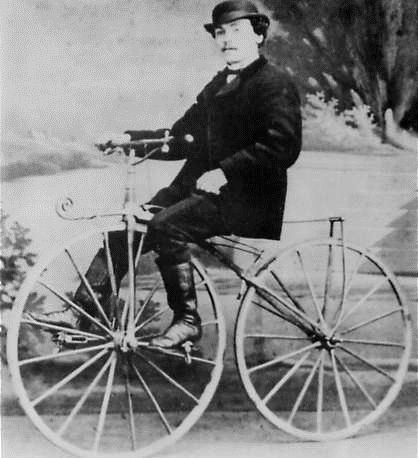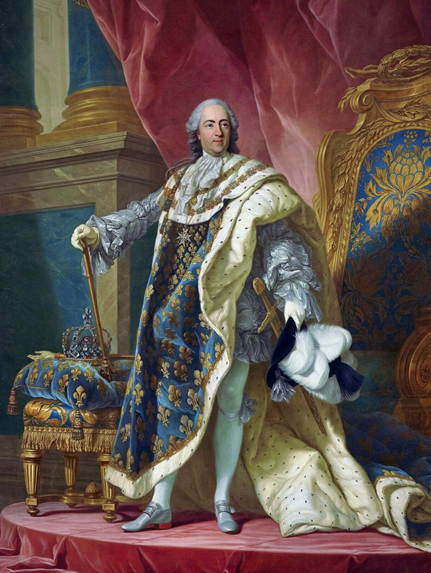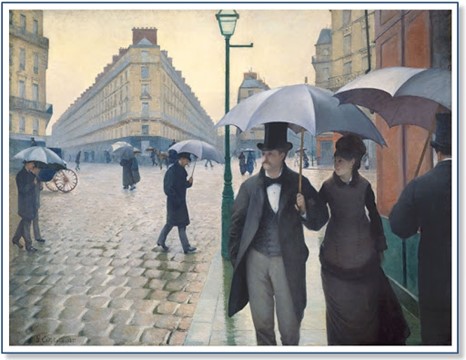1. Cinéma
 The Lumière brothers, courtesy of Wikimedia commons.
The Lumière brothers, courtesy of Wikimedia commons.
Brothers Auguste and Louis Lumière can be credited with inventing cinema as we know it through their invention of
the Cinématographe which they patented in 1895! Their legacy has installed cinema as an irrefutable art form within
French culture whose importance cannot be understated.
2. Pasteurisation
 Cover of a booklet released by the International Harvester’s Agricultural Extension Department.
Cover of a booklet released by the International Harvester’s Agricultural Extension Department.
In 1865, chemist Louis Pasteur changed the culinary world with his innovative method of preserving food by exposing
it to a mildly hot temperature in order to annihilate any potential bacteria and subsequent bacterial spores as
well. His invention saved multitudes when applied to milk as the product was previously considered dangerous and was
known to carry tuberculosis. The process is integral to food production to this day.
3. Photography
 Portrait of a woman from a Daguerrotype, 19th century
Portrait of a woman from a Daguerrotype, 19th century
The first camera was invented in 1816 by Frenchman Joseph Nicéphore Niépce though he later collaborated in the 1830s
with painter Louis-Jacques-Mandé Daguerre to create the first function camera, the Daguerreotype which operated
faster than Niépce’s original prototype.
4. The Bicycle
 Pierre Lallement riding his own invention in Paris in 1870, courtesy of Wikimedia Commons
Pierre Lallement riding his own invention in Paris in 1870, courtesy of Wikimedia Commons
Invented by Comte de Sirac in 1791, the first prototype of the device that would later become the bicycle, first
known as the two wheeled, “wooden-horse,” was not quite a revolutionary invention as it could not be steered and was
rather ungainly. However, in the 1860s, Pierre Lallement, another Frenchman, invented the pedal-bicycle, though the
device itself was still very precarious.
5. Solar Power
 Sketches of the Solar Power Engines by Augustin Mouchot.
Sketches of the Solar Power Engines by Augustin Mouchot.
Realizing that coal would be a finite resource, Augustin Mouchot invented a parabolic trough solar collector in 1866
which he subsequently presented to the emperor Napoleon the III and published a groundbreaking book: “Solar Heat and
its Industrial Applications,” whose publication occurred simultaneously with the exposition of his invention of the
largest solar steam engine ever constructed through the engine was irretrievably lost during the siege of Paris in
the Franco-Prussian war of 1871. Unfortunately, his solar energy devices were considered uneconomical on account of
the cheap price of coal and his research was discontinued in the late 1870s, but his research has influenced the
development of solar energy as we know it today!
6. The Stapler
 Portrait of Louis XV (1763) by Louis Michel Van Loo
Portrait of Louis XV (1763) by Louis Michel Van Loo
The stapler, as mundane and fastidious an item as it is, has a rather royal history as it was invented for King
Louis XV in the 18th century and was employed in the exact same way that it is today, to hold decrees, and other
important documents together.
7. The Stethoscope
 Laeneec’s stethoscope.
Laeneec’s stethoscope.
The stethoscope has a rather unique origin story. It was invented in France in the 1860s because a certain doctor,
Rene Laennec , was uncomfortable with putting his head against his female patient’s chest to hear her heartbeat. At
the time he used simple items at his disposal such as a cardboard tube which he noticed amplified the sound of his
patient’s heartbeat thus leading him to create the stethoscope, the name of which he derived from the Greek words,
stethos meaning “chest”, and skopein meaning “to see”.
8. Umbrellas
 Gustave Caillebotte : Rue de Paris Temps de Pluie (1877)
Gustave Caillebotte : Rue de Paris Temps de Pluie (1877)
While umbrellas themselves were invented over 4000 years ago in China with variations in many other ancient
societies, the first foldable umbrella was invented in France between 1705 - 1710. This umbrella which could be
folded in half became a hit the instant it hit the consumer market on account of its compact size which made it into
an essential item.
9. Sonar
Paul Lengévin is known for postulating the first theory and employment of sonar technology though his own device was
clunky and inefficient. His 1916 theory of sonar, using echolocation to detect submarines, was only attributed to
him many decades later as research on such technology was highly classified owing to its development during World
War I.
10. Paleontology
 Gallery of Paleontology and comparative anatomy, Musée National d’Histoire Naturelle.
Gallery of Paleontology and comparative anatomy, Musée National d’Histoire Naturelle.
Georges Cuvier is credited with being the father of paleontology, yes the study of dinosaurs but also of fossilized
species including plant life. The term “jurassic” itself comes from the French Jura mountains!